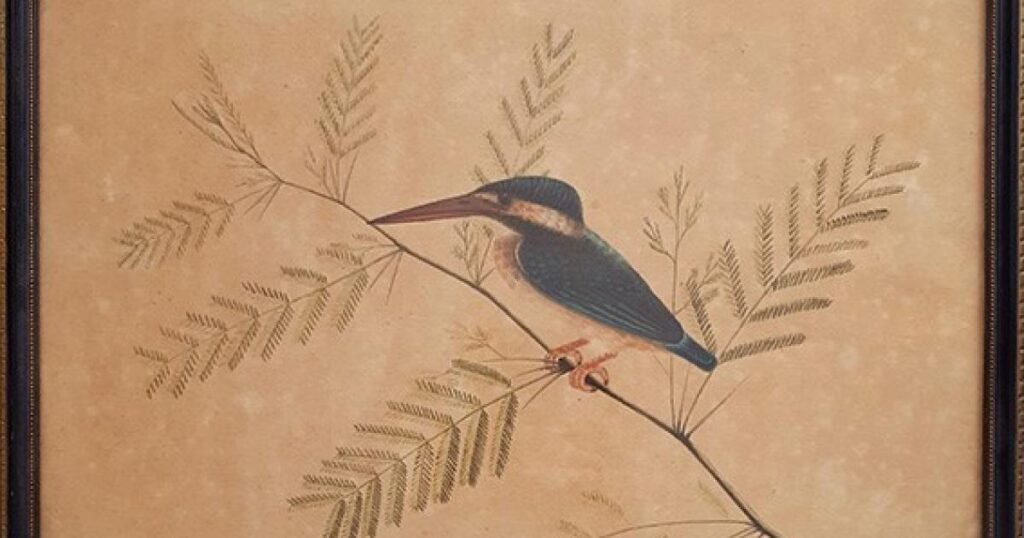It is likely that in the earlier half of its life that the abbey had a scriptorium where texts would be copied and perhaps illustrated. Before print was invented, books were copied manually. The scribes were usually artistically gifted and often added pictures to their work. Some superb examples have survived, but none that can be attributed to Romsey.
The first artist known to have come to live in Romsey was Dr John Latham, who arrived in 1795.
Latham had been a doctor and man-midwife in Kent, from which profession he earned his living. He was also an internationally noted ornithologist, and he received several academic awards, including a doctorate from the University of Erlangen in Germany.
He undertook much work on the classification of birds, and his work included the identification of the Dartford Warbler. He had a fine collection of stuffed birds, which sadly he had to sell when he was an old man and was responsible, as guarantor, for his son John’s debts.
After the bankruptcy of his son, he ended his life living with his son-in-law in Winchester.
His fame lives on in the form of a detailed catalogue of the world’s birds, especially those of Australia. The Natural History Museum in London holds a copy of this work, as do several other internationally renowned museums. The work consists of three volumes and is illustrated, the pictures being drawn and coloured by Dr John Latham himself.
When the Oddfellows Hall in Middlebridge Street was occupied by an antique dealer, I saw a picture of a bird which I bought for 12/6 (62p). In retrospect, I suspect it is one of Latham’s drawings as it is in his style, so worth rather more than I paid for my picture. Perhaps I should give it to King John’s House once that establishment is back in use as the town’s museum.
When he came to Romsey, Latham took up residence in Ivybrook House in Middlebridge Street. This building had probably been a weaving establishment before it became a private home. The upper windows are the same size as the lower ones, which would have been necessary to provide light for the weavers. It had a separate stairway to the top floor so that the workforce could come to work without impinging on the private living quarters of the owner. We do not know how Latham used the various parts of the house.
By the 1950s, Ivybrook House was in a very poor condition, and it was demolished to make way for Stephens Court.
Phoebe Merrick,
Romsey Local History Society






